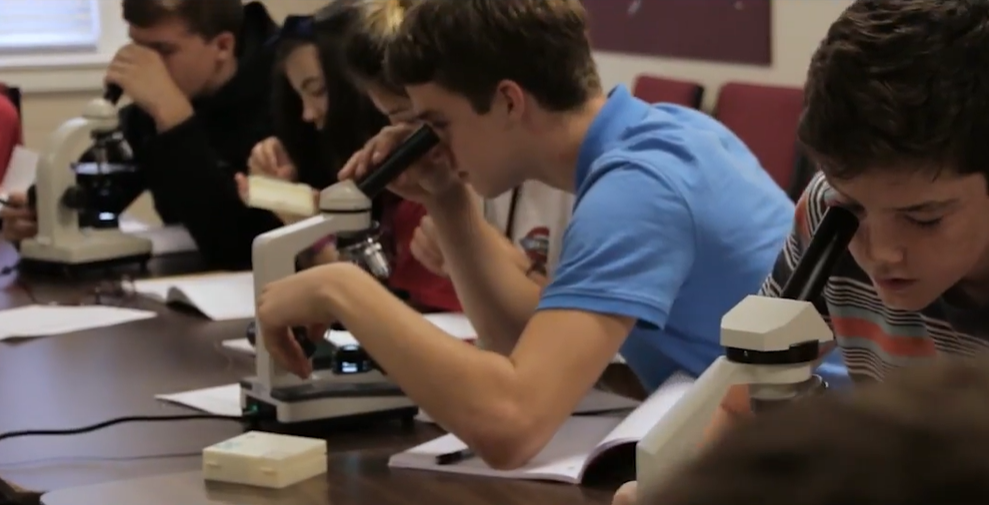 Editor’s note: This commentary from Ben DeGrow, a policy director for education choice at ExcelinEd, appeared last week on the organization’s website.
Editor’s note: This commentary from Ben DeGrow, a policy director for education choice at ExcelinEd, appeared last week on the organization’s website.
In recent years, 10 states have introduced education microgrant programs, providing small sums of money to parents to spend on supplemental educational services like educational therapies or tutoring to support their child’s learning.
The concept blossomed as a creative way for states to use a portion of their vast federal COVID aid. In some cases, these programs were so successful and popular with parents that states allocated their own money to keep them going.
Microgrant programs operate like education scholarship accounts, in that they give parents access to flexible education spending. Yet they differ in providing families with comparatively smaller sums of money, intended to supplement formal schooling. And in many states, the funds are available only for students enrolled in a public school.
Microgrants in Texas
Texas has a noteworthy program that’s worth highlighting. The Lone Star State offers parents of children with disabilities a Supplemental Special Education Services (SSES) microgrant, which is a $1,500 stipend to spend on approved goods and services of their choice. To date, the program has funded 75,000 students who have special needs, most of whom come from low-income families.
Texas launched the program two years ago, in early 2021, to help many of the students most deeply affected by disruptions to regular school services during the early phase of the pandemic. Texas Gov. Greg Abbott touted SSES as an option to provide “crucial academic resources to students with cognitive disabilities [that] will help close the educational gap caused by the COVID-19 pandemic.”
Of the first $66 million spent by parents across the state, 97% was used to pay for tangible items like digital tablets and curricular materials. Parents largely chose these rather than tutoring or therapeutic services from any of more than a thousand approved providers, possibly perceiving greater value in purchasing discrete goods with the limited amount of funds provided.
For rural families especially, their choice may also indicate a lack of access to qualified service providers in the vicinity.
While there are real limitations to connecting SSES microgrants directly with improvements in student achievement, parents report being overwhelmingly satisfied with the program. After a family has spent $1,000 from their account, the Texas Education Agency sends out a survey to each family. All but 2% of respondents agree that the items they spent money on “helped their children progress toward learning goals.”
To support the program, local private groups like Families Empowered help parents figure out if they qualify, how to apply and what options might be available to them. SSES funds enable real families like this one to purchase curriculum, supplies and services help their children overcome special learning challenges.


